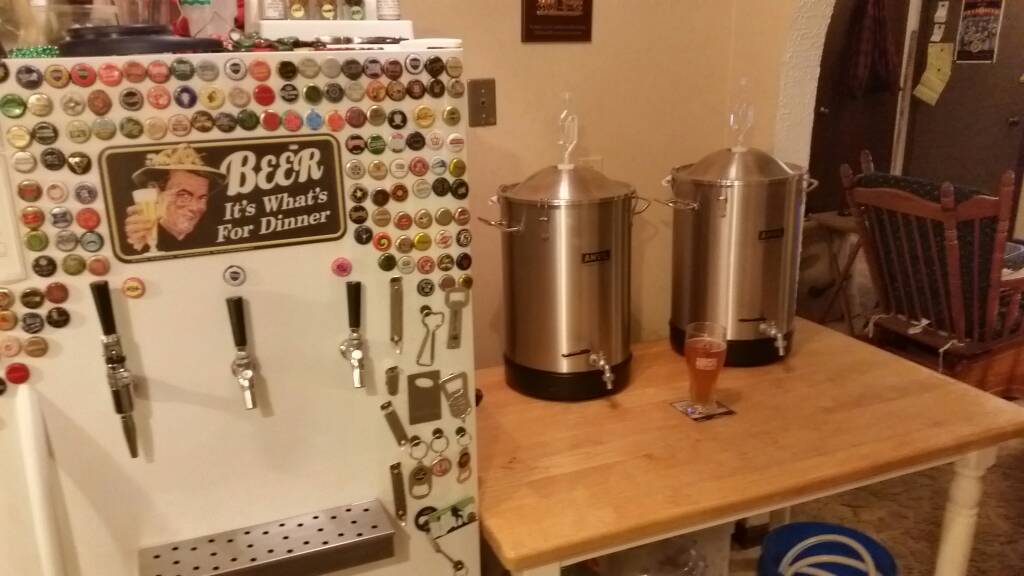muledogus
Well-Known Member
- Joined
- Mar 12, 2018
- Messages
- 133
- Reaction score
- 83
Can you snap another pic of your stopper? It looks like you have a 2 hole with a thermowell... this is exactly what I want to add to mine and wanted to see a better picture so I can replicate.
Didn’t quote me but I have the same setup. I originally drilled my own #7 stopper with 2 holes but was worried how jagged they were so I ended up ordering a pre-made one off of amazon.
https://www.amazon.com/dp/B01KP4D0K2/?tag=skimlinks_replacement-20
Last edited by a moderator:















































![Craft A Brew - Safale BE-256 Yeast - Fermentis - Belgian Ale Dry Yeast - For Belgian & Strong Ales - Ingredients for Home Brewing - Beer Making Supplies - [3 Pack]](https://m.media-amazon.com/images/I/51bcKEwQmWL._SL500_.jpg)


















